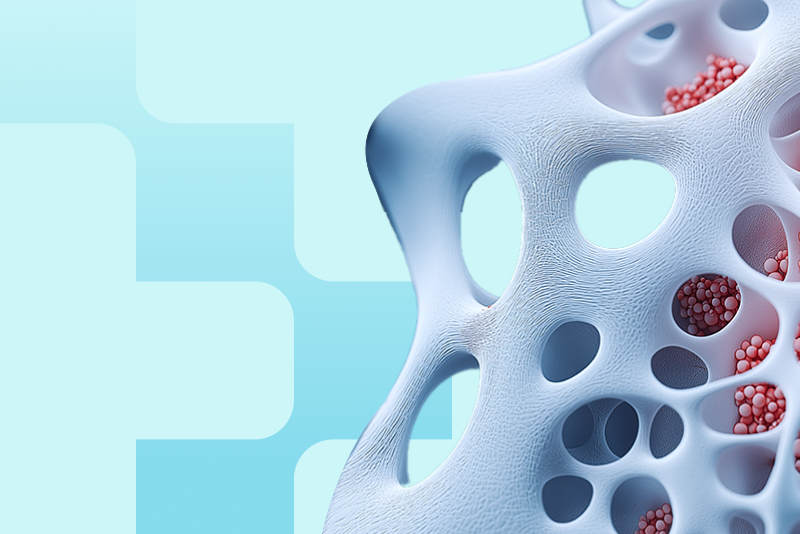Automation in iPSC-based Cell Therapy Generation: Increasing Efficiency and Consistency
Linkedin Facebook X-twitter Instagram Induced pluripotent stem cell (iPSC)-based allogeneic cell therapies are set to transform many fields of healthcare, especially regenerative medicine1. These therapies mean that donor-derived iPSCs can be modified and scaled up for use as “off-the-shelf” treatments for neurodegenerative, cardiovascular, and retinal diseases, to name just a few. Automation is also emerging […]
Automation in iPSC-based Cell Therapy Generation: Increasing Efficiency and Consistency Read More »














